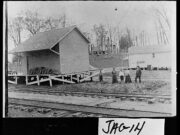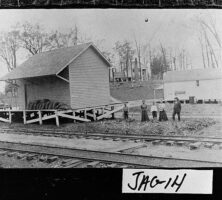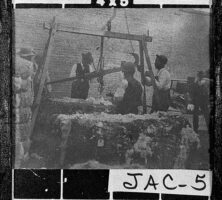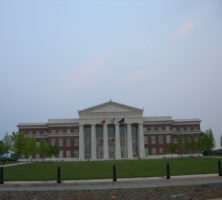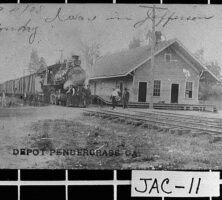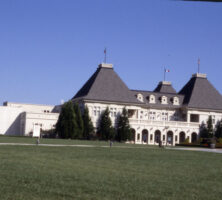Jackson County, in northeast Georgia, is the state’s twenty-second county, created in 1796 from part of Franklin County on land formerly held by Cherokee and Creek Indians. It was named for James Jackson, who was a general in the Revolutionary War (1775-83).
Over time, Jackson County lost territory when portions of it went to the formation of Barrow, Clarke, Madison, and Walton counties. Today Jackson County encompasses 342 square miles.
Veterans of the Revolutionary War, arriving in 1784 just after the Franklin County land cession, were among the first white settlers of the county. The first permanent settlement was Groaning Rock, established in 1784 on land owned by William Dunson, a settler from Germany. Residents of the area built homes, a fort, a gristmill, and a smelting plant for iron ore. In 1825 the town changed its name to Harmony Grove and was incorporated in 1884. In 1904 the town’s name changed to Commerce, which reflected the town’s position as a thriving market town for the buying and selling of cotton during the era when cotton was “king.” Commerce bears the distinction of having done well economically even during the Great Depression of the 1930s.
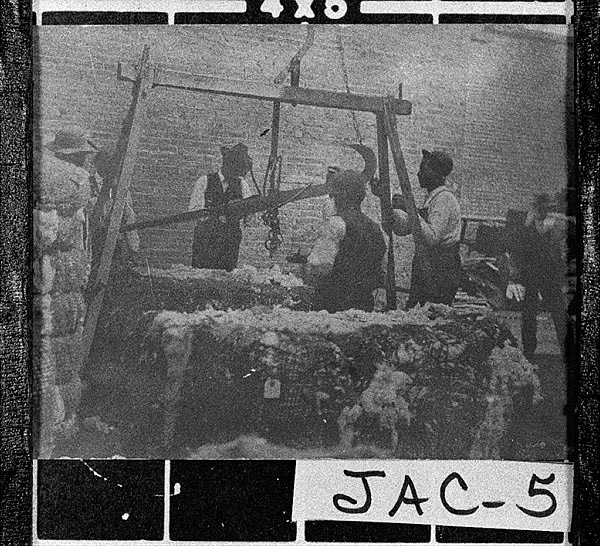
In 1784 the state legislature provided for a state college, whose original site was in the part of Jackson County ceded to Clarke County in 1801. This college, first called Franklin College, became the University of Georgia, which thus held its first classes in Jackson County.
The community of Clarkesboro, located in what was then the center of the county, was the county seat from 1796 until 1802. The creation of Clarke County made it necessary to move Jackson County’s seat to a more central location. In 1803 a former Indian site, Thomocoggan, was chosen and renamed Jefferson, after Thomas Jefferson. Three years later the town was incorporated and officially became the county seat.
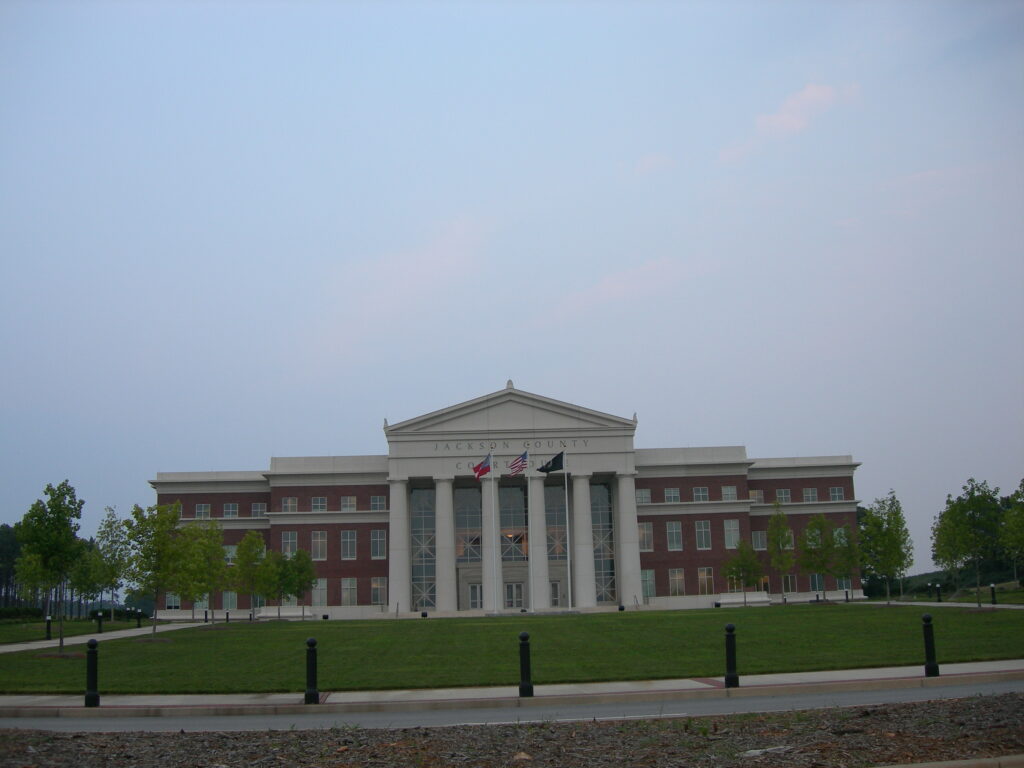
The first courthouse in Jefferson was a log building south of the public square. It was replaced about 1820 by a brick building. This, in turn, was replaced in 1879, in part because the earlier site, located at the bottom of a poorly drained hill, often required residents to wade through knee-deep mud to attend to government business. The current courthouse, built in 2004, is the county’s fifth.
Development of other communities followed the pattern of railroad routes, many of which crossed the area. The earliest of these lines was developed in 1870 and went through Center, an unincorporated community near the southeastern corner of the county, and through Maysville, a town near its northeastern corner. First known as Midway, Maysville was renamed for John May and incorporated in 1879. Maysville was also referred to as “the Brick Store” in the mid-nineteenth century, for a store building made of brick owned by Abraham Atkins. It was at that time the only brick store north of Athens. The town’s cotton-centered industries (such as cotton ginning and cottonseed-oil production) as well as several other industries made Maysville an active industrial center for a time, but the town’s population has declined steadily since 1910. Today Maysville straddles Banks and Jackson counties and is the second-oldest extant community in Jackson County.
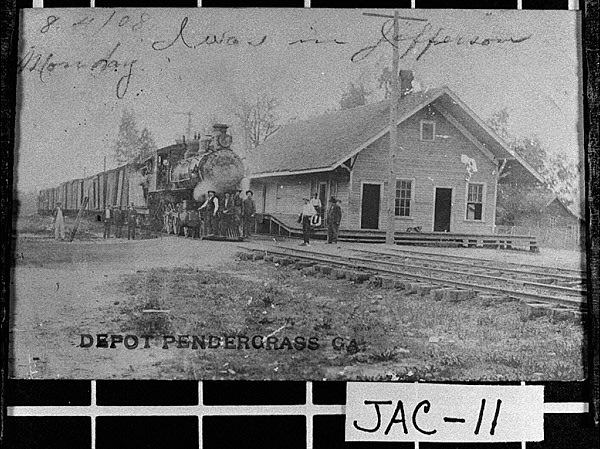
In addition to Commerce, Jefferson, and Maysville, other incorporated towns in the county are Arcade, Braselton, Hoschton, Nicholson, Pendergrass, and Talmo. The historic districts of Braselton, Commerce, Jefferson, Maysville, and Talmo are all listed on the National Register of Historic Places.
Notable residents have included novelist Olive Ann Burns, Georgia governor Lamartine Hardman, and physician Crawford Long.
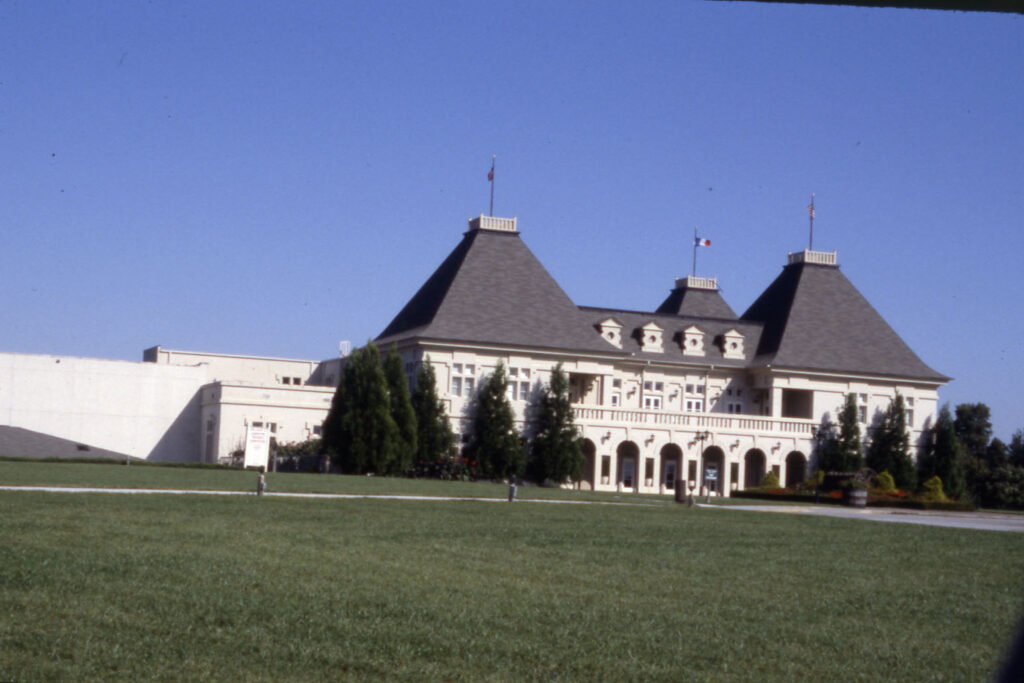
Places of interest include Chateau Elan, a 3,500-acre winery and resort in Braselton, and the Shields-Ethridge Heritage Farm, an outdoor living history museum.
According to the 2020 U.S. census, the population of Jackson County is 75,907, an increase from the 2010 population of 60,485.


